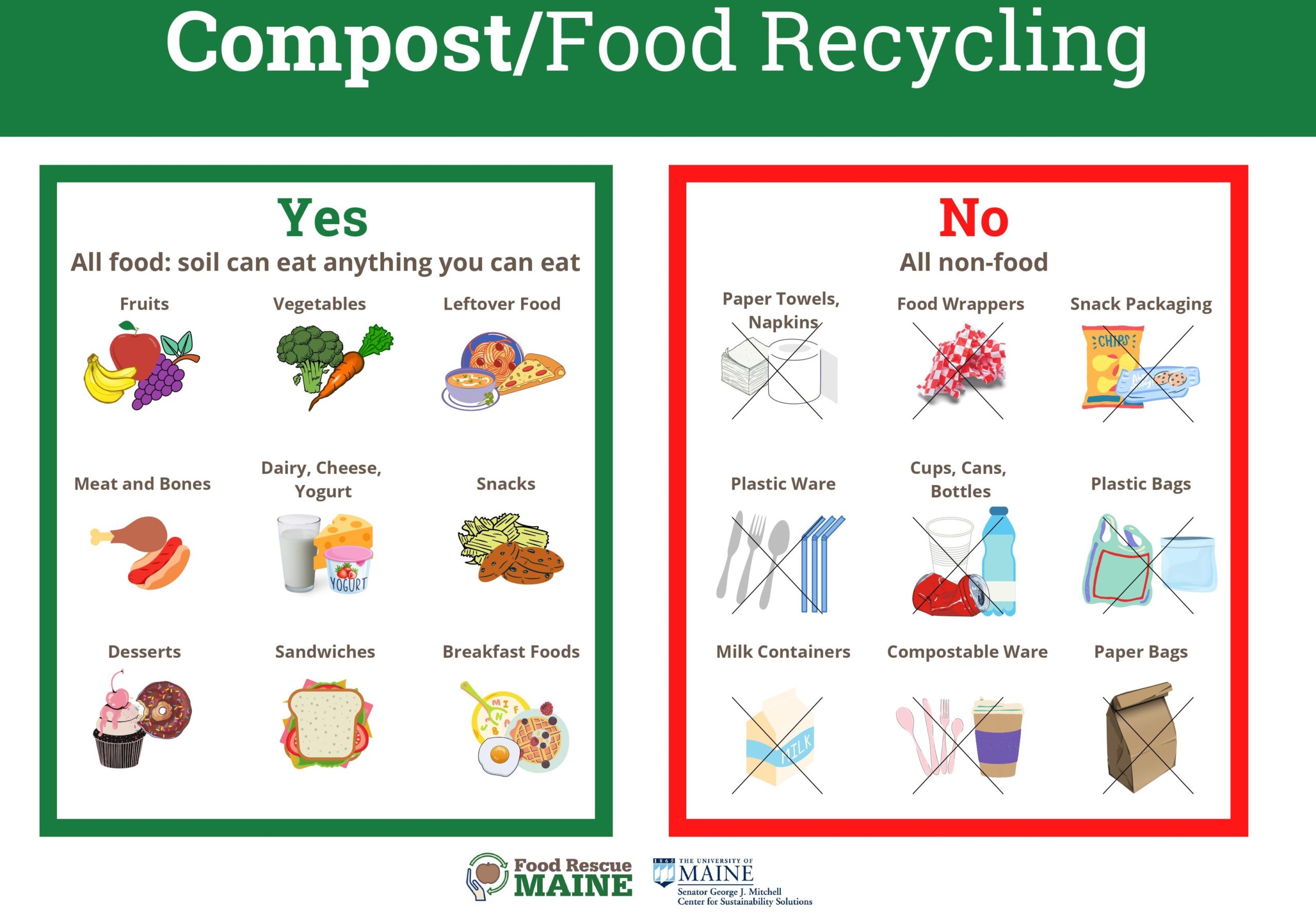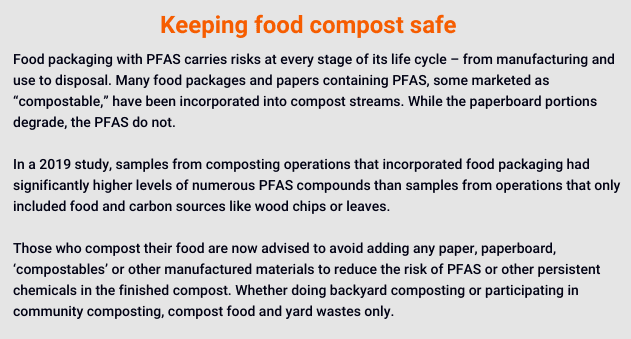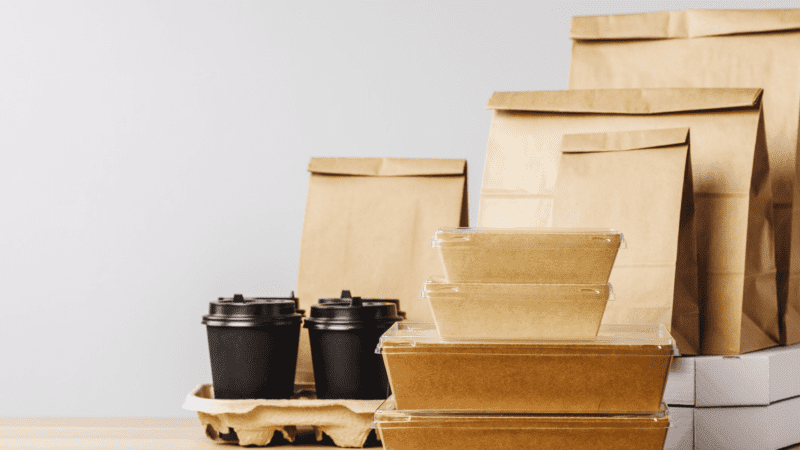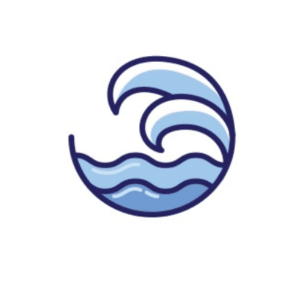Per- and polyfluoroalkyl substances (PFAS) can find their way into foods through sludge or compost that contaminates soils, waters and crops, or they can migrate directly from packaging into a burger or burrito eaten on the run.
The U.S. Food and Drug Administration (FDA) currently approves more than 90 PFAS in food container materials ranging from paper cups, parchment paper and microwavable popcorn bags, to fast-food wrappers, pizza boxes and pet food bags, the Interstate Technology Regulatory Council reported in September 2021.
Some packaging may not even appear coated, like a salad bowl or clamshell, but could be treated with PFAS to contain sauces or grease. The chemicals can transfer directly to food, particularly when those items are fatty, salty or acidic, researchers learned last year.
Ingestion of food and water are two primary pathways for PFAS entering bodies. Once ingested, these chemicals remain for a long time, with a half life (the time required for the level to diminish by half) measured in years for many compounds. A growing body of research indicates that PFAS can disrupt hormonal, immune and reproductive systems, and can increase the risk of various cancers.
Earlier this year, Consumer Reports warned that many types of containers and wrappers associated with fast food and takeout contained PFAS, even when retailers claimed the compounds had been phased out. Research in 2019 found that higher PFAS levels in blood serum were strongly associated with consuming microwavable popcorn and, to a lesser degree, takeout and fast food.
Consumer Reports joined a growing number of scientists calling for the government to regulate PFAS as a chemical class. “Trying to ban individual PFAS is an impossible game of whack-a-mole,” said Brian Ronholm, CR’s food policy expert, in the study. “As soon as one is addressed, industry comes up with another.”
There are more than 12,000 known PFAS, with 4,700 in present or past commercial use. While the U.S. Environmental Protection Agency recently recommended that two of the most widely used PFAS be included in the Superfund program (governing hazardous substances), it has taken no steps to start regulating PFAS as a class.
In 2019, Maine enacted a law to reduce toxic chemicals in packaging that requires the state Department of Environmental Protection (DEP) to develop rules prohibiting PFAS and phthalates in food packaging. In respect to PFAS, the law requires DEP to find for each packaging type a safer alternative that’s “readily available in sufficient quantity and at a comparable cost” and “performs as well or better than PFAS.”
Maine modeled its legislation after Washington state, which has completed extensive research on PFAS-free alternatives to 10 food packaging types (such as bowls, plates, wrappers, sleeves, pizza boxes and trays). In May 2022, the Washington Department of Ecology published an update with alternatives that meet the law’s criteria for nine of the 10 food packaging types.
“Maine could utilize what Washington state did,” said Sarah Woodbury, director of advocacy with the nonprofit organization Defend Our Health, and move forward with rules to phase out food packaging with PFAS. “We’re frustrated with the slow progress,” she added, having hoped Washington’s work would help Maine’s process go faster.
Kerri Malinowski Farris, safer chemicals program manager for the DEP, said part of the delay is due to the agency requesting a proposal for a market analysis — twice — and receiving no responses. It now intends to seek comments directly from packaging users this fall, followed by drafting rules Farris said will need to return to the Legislature.

Farris declined to speculate on when food packaging with PFAS might be phased out, but said manufacturers must report products containing intentionally added PFAS to the DEP starting in January. Asked if that product database would be accessible, Farris said providing information to the public is a requirement established with the organization building the database system.
Woodbury noted that part of the delay in phasing out food packaging with PFAS may stem from understaffing at DEP’s safer chemicals program, which has one person charged with overseeing children’s products, flame retardants, food packaging and PFAS in products. Washington’s Department of Ecology, in contrast, has the equivalent of about seven full-time employees who spend significant time working on safer products issues, according to a department spokesperson.
At the federal level, Sen. Maggie Hassan (D-N.H.) has sponsored a “Keep Food Containers Safe from PFAS” Act that received bipartisan committee support in June (including the vote of Sen. Susan Collins), but the measure has not gone to a full Senate vote.
In 2019, the corporation that owns Hannaford supermarkets, Ahold Delhaize, announced its intention to restrict PFAS and other toxic chemicals from its branded products. But a “report card” prepared by the nonprofit group Toxic-Free Future in 2021 gave the retailer a C-minus, faulting it for not sharing its policy or reporting on progress. It called on the company to “follow through on its commitments” and expand them to include products beyond the store brand. Questions posed by The Maine Monitor to Ahold Delhaize were not answered by deadline.
Shaw’s markets are a wholly owned subsidiary of Albertsons Companies, which also received a C-minus “report card” from Toxic-Free Future. It encouraged the company to “eliminate and safely replace any toxic indirect food additives that may be in food contact materials” and set “public quantifiable goals with clear timelines” for eliminating chemicals like PFAS.
In response to questions from The Maine Monitor, Teresa Edington, a communications manager with Shaw’s, wrote that “As part of our Plastics and Packaging Pledge, we are actively working with our Own Brands suppliers to further our long-term, comprehensive efforts to phase out the use of per- and polyfluoroalkyl substances (PFAS) in food packaging.” A follow-up question about the phaseout timeline was not answered by deadline.

This project was produced with support from the Doris O’Donnell Innovations in Investigative Journalism Fellowship, awarded by the Center for Media Innovation at Point Park University in Pittsburgh, Pa.





